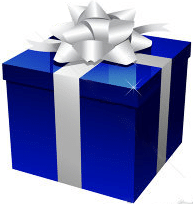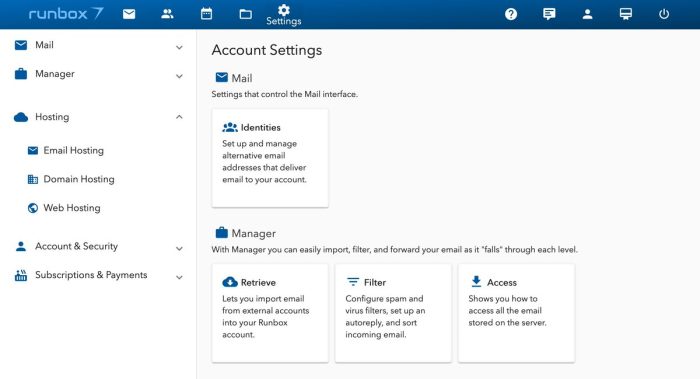Better HTML message and attachment handling, and many other improvements.
- Bug fix (mailviewer): Properly show reply and forward headers for HTML messages (fafe361)
- Update README.md (0edd870)
- Bug fix (credit-cards): Improve the look of payment forms on mobile (375dfb2)
- New feature (payment): Add Holiday Offer 2021. (9852e27)
- New feature (payment): Holiday Offer 2021. (ce36678)
- New feature (payment): Improve formatting and logic of Holiday Offer. (3faa49d)
- Bug fix (payment): Fix linting. (b1132fa)
- Payment special offer sub account (#1159) (8a2e99b)
- Bug fix (login): Reinstate authentication error messages. (53ee96d)
- Auto stash before checking out “origin/master” (c93b426)
- Trailing whitespace removed (d75677c)
- Internal changes (deps): bump follow-redirects from 1.13.3 to 1.14.7 (5c3a796)
- Internal changes (deps): bump engine.io from 4.1.1 to 4.1.2 (233047a)
- Bug fix (mailviewer): Ensure we reload Sent contents after using Compose (500c3a7)
- Bug fix (payment-history): Remove whitespace in payment rows (655d7e2)
- Bug fix (payment-cards): Change URL for Payment Cards (08e6aeb)
- Bug fix (singlemailviewer): Use TemplateRef instead of Span for ngIfElse (338ee02)
- Bug fix (mailviewer): Redirect to Contacts only when clicking the add icon (6152bf5)
- Visual changes (contacts): Improve formatting and wording. (16fe367)
- Visual changes (compose): Fix width and decrease vertical space. (6d09a4d)
- Visual changes (compose): Make header field padding more consistent. (128e0de)
- Visual changes (search): Format multiple search fields better and move to top of screen. (6869c0e)
- Visual changes (mail): Replace “mark unread” icon. (e933989)
- Bug fix (mailview): Remove deleted/moved messages before mesg list redraw (8104463)
- Bug fix (contacts): Use anchor instead of button for VCF export. (a159344)
- Bug fix (foldercounts): Ensure all folderpath names used are consistant (4ea9688)
- Bug fix (searchindex): Keep fetching recent updates (0009a4c)
- Bug fix (tests): Mock test message times are in seconds (not millis) (2f74697)
- Bug fix (loading): Complete index load before displaying list from index (f5b0ed7)
- Bug fix (mailview): Display dates for future-email, not just times (b5f549a)
- Internal changes (deps): bump log4js from 6.3.0 to 6.4.0 (#1179) (0613c23)
- Bug fix (welcome): Add link to help from welcome message. (#1204) (e86f347)
- Internal changes (deps): bump follow-redirects from 1.14.7 to 1.14.8 (#1205) (df7af23)
- Internal changes (deps): bump nanoid from 3.1.22 to 3.2.0 (#1180) (46306f7)
- Bug fix (loading): Only refresh message list after index loaded (#1208) (cb25029)
- Internal changes (deps): bump ssri from 6.0.1 to 6.0.2 (#1207) (75d2d2a)
- Bug fix (mailviewer): Correct alignment of full/half height preview pane button. (#1209) (f311df1)
- Bug fix (loading): Only refresh message list after index loaded (#1211) (35064ac)
- Internal changes (all): Rename searchResultsSubject to something more obvious (755fcc2)
- Bug fix (mailview): Do not jump to top of list after updating index (9679db0)
- Internal changes (deps): bump url-parse from 1.5.3 to 1.5.7 (#1214) (12d4056)
- Bug fix (domreg): Remove domain registration temporarily. (#1218) (eb9e445)
- Bug fix(index): index verification back on (#1215) (bb9efda)
- Fix Size and Folder columns issues (#1216) (da3d7ff)
- Bug fix (canvastable): Don’t show column resizing cursor while in wrap mode (#1217) (24ecf96)
- Internal changes (deps): bump url-parse from 1.5.7 to 1.5.10 (#1219) (d0929ee)












